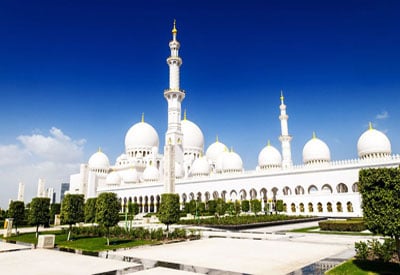Geography of Australia: Important Geographical Information about Australia
In this Country Profile
Australia has a very dramatic and equally amazing landscape. Australia is the smallest continent and the sixth largest country of the world and its vastness and expanse offer a wide variety of biogeographic regions. Australia has an overwhelming variety of features, a diverse terrain, from second largest monolith of the world (in Uluru, central Australia) to the Great Barrier Reef, the world’s largest coral reef off the north eastern shore which is one of the foremost reasons for Australian tourism.
The wonders of exotic Australian geography seem endless. Due to its location in the middle of a tectonic plate it might not suffer volcanic activity because most volcanoes are extinct but minor earthquakes sometimes do rock the land. There is only one active volcano in Australia. Big Ben has erupted as recently as 2001. Australia is famous for its “outback,” the remote lands of the interior which cover more than 70% of Australia’s total land mass. The outback, full of very well-adapted wildlife, is home to the Australian feral camel, donkey and dingo.
The Australian Outback spans several climate zones. More than 80% of Australia’s population live on just 1% of the countries land, making the Outback a land of legend with rugged mountain scenery, deep gorges and tranquil valleys, a vast, largely untouched and exciting place.
Eastern Australia has large areas of grasslands. Australia also has some mountainous areas. The Blue Mountains, on the south-eastern end of Australia, offer spectacular scenery and reach a height of 1100m. Their name have been given due to the blue haze caused by oil droplets given off from the eucalyptus trees. The highest mountain is Mt Kosciusko at 2,330 meters.
Australia also has many beautiful coastal beaches and is world wide known for its coastal beauty, from the storm ridden southern oceans to the beauty of the Great Barrier Reef. The Australian beaches are considered to be the finest in the world. The Murray-Darling is Australia’s most important river system, the largest lakes is Lake Eyre (9500km2) in South Australia and the deepest lake is Lake St Clair.
More than three-quarters of Australia is arid, a land of endless plains and stunning landscapes. The largest part of Australia is desert or semidesert. There are six major deserts in Australia: the Great Sandy, the Gibson, the Great Victorian, the Tanami, the Simpson and Sturt’s Stony Desert.

Sorry, the comment form is closed at this time.